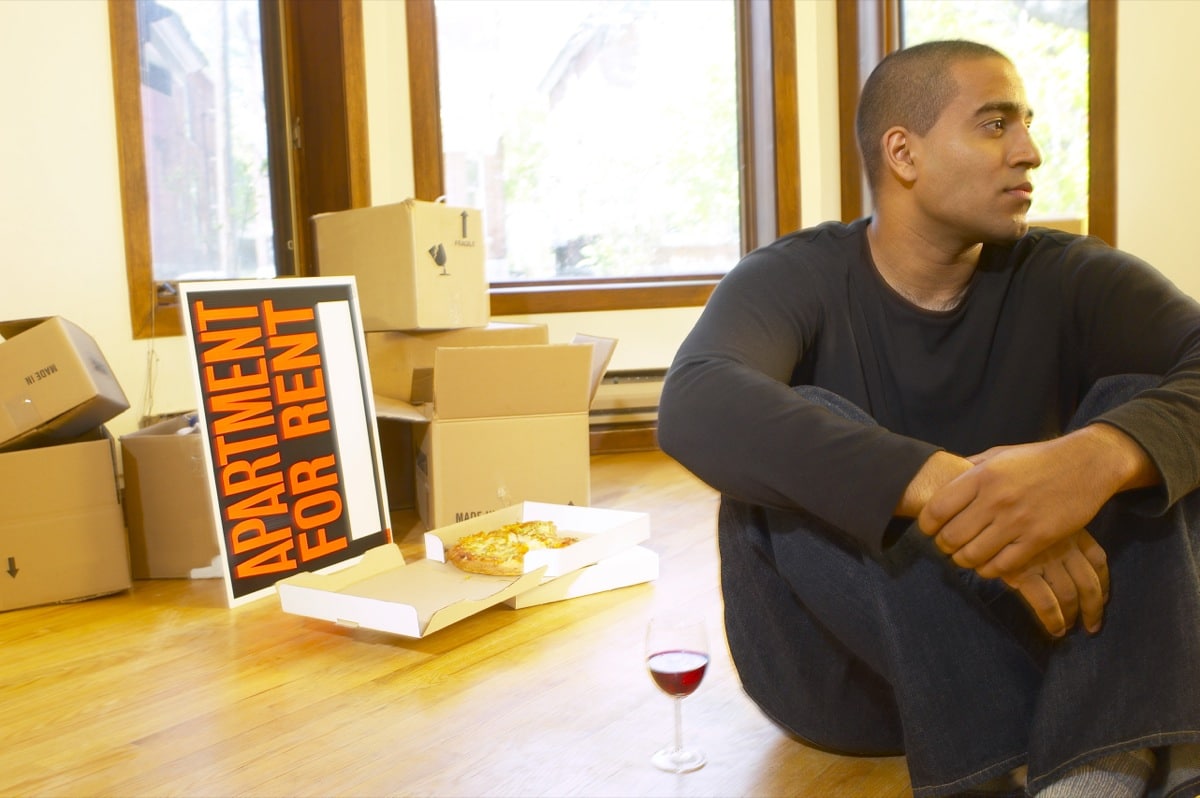The greater Charlotte area is a vibrant, growing area that offers renters an almost idyllic combination of competitive rents and attractive lifestyle features. For example, CareerBliss.com rated Charlotte second on its list of the best cities for recent college graduates. It cited inexpensive rent among its reasons for the high ranking. The presence of many big-city amenities and excellent job opportunities also contributed to the high ranking.
Using search traffic as its standard, realtor.com ranked Charlotte third on its list of the nation’s ten hottest rental markets in 2013. Only Austin, TX, and Las Vegas, NV, ranked ahead of the Queen City. The website cited a variety of factors contributing to Charlotte’s popularity among renters, including its strengths in health care, energy, manufacturing and banking.
Recent Rent Trends
According to Rent Jungle, Charlotte’s average rent was $971 as of March 2015. On average, one-bedroom units rented for $840, and two-bedroom apartments rented for $1060. Rent Jungle includes units within 10 miles of Charlotte in its calculations. Over the previous six-month period, one-bedroom rents are two-percent higher, and two-bedroom rents are eight-percent higher.
Long-term Rent Trends
How do Charlotte’s rent figures compare to overall U.S. figures? Deptofnumbers.com compiles long-term rent statistics, and its figures bode well for prospective Charlotte renters. Charlotte’s median rent fluctuated very little from 2005 to 2013, based on figures that include the Charlotte-Rock Hill-Gastonia metro area. During the same time, U.S. median rents have trended higher. In 2013, Charlotte held a $70 advantage between its median rents and the nationwide figures. While the U.S. median rent rose 0.89 percent in 2013, Charlotte’s median rent actually decreased 1.42 percent. Relative to nationwide median rents, Charlotte’s rents are now a better deal than they were eight years ago.
Furthermore, it is interesting to note that Charlotte’s rents have trended lower while North Carolina’s rents have increased. According to deptofnumbers.com, the state’s 2013 median rent increased 1.43 percent, while Charlotte’s median rent actually decreased by a similar percentage.
Vacancy Rates Trend Lower
One might think that rents in Charlotte are suppressed by high vacancy rates, but this does not appear to be the case. The vacancy rate has steadily fallen from 9.76 percent in 2005 to just 5.80 percent in 2013. The vacancy rate was 0.63 percent lower, year-over-year, and it was a full 3.27 percent lower than three years earlier.
Both short-term and long-term rent statistics demonstrate that Charlotte continues to offer renters relatively good value for their money. Renters here enjoy a high quality of life while paying rents commensurate with or lower than national averages. But, one of the main reason vacancy rates remain low is because of the many affordable options the Charlotte real estate market offers.














